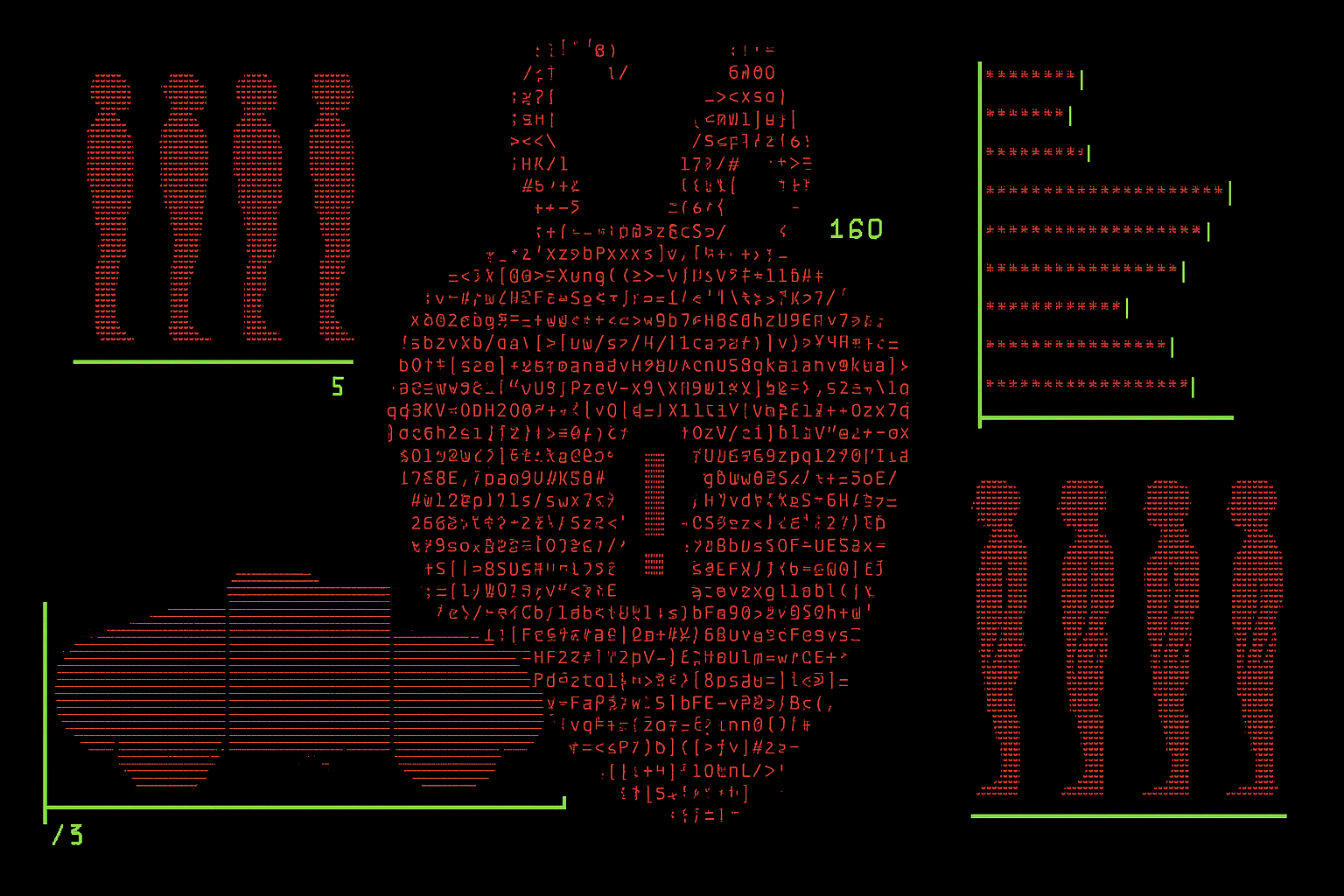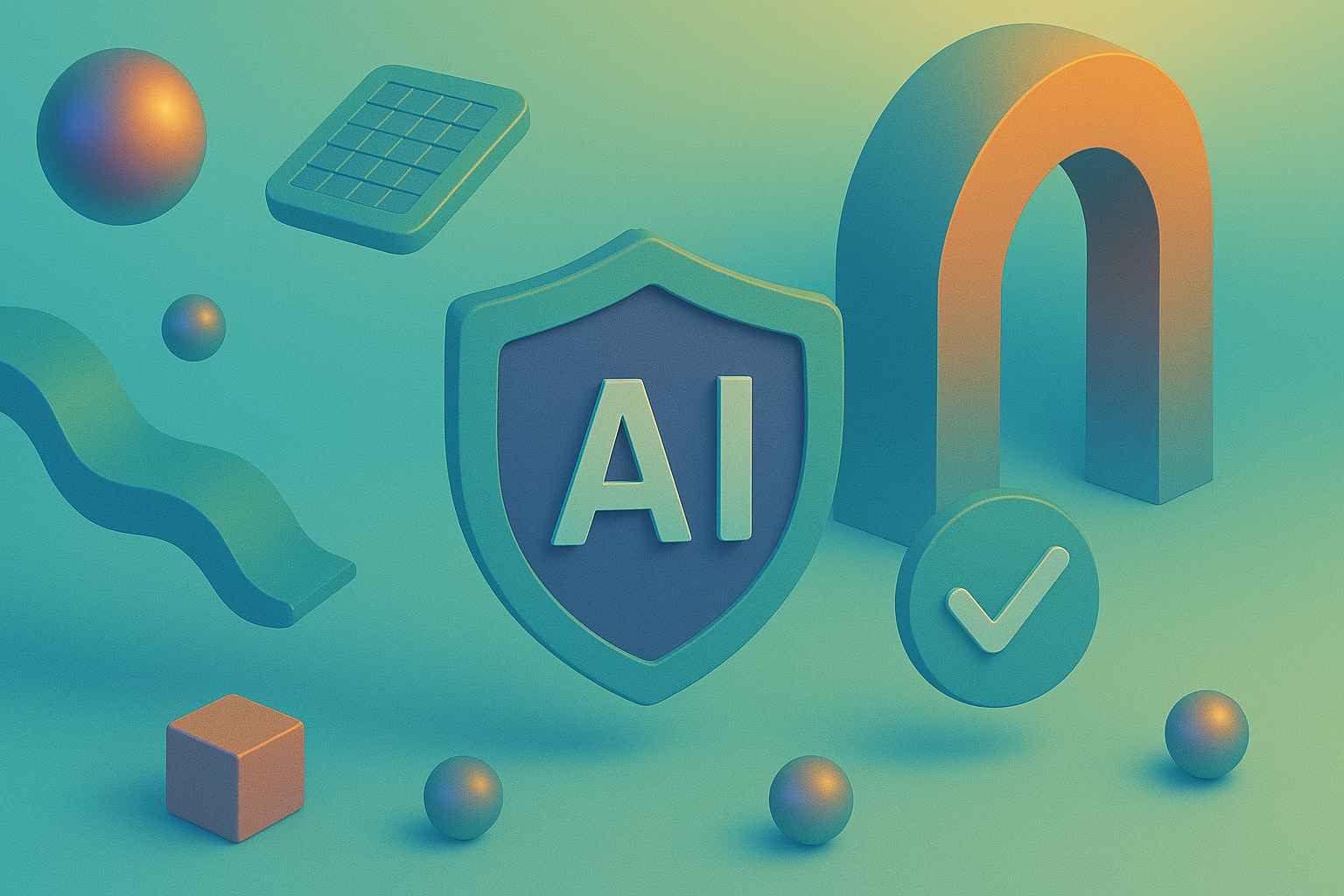Article

People-Centered Automation: Designing AI with Your Workforce, Not Against It.
For many leaders in the German Mittelstand, AI and automation are double-edged swords. On one hand, they promise greater efficiency and global competitiveness. On the other, they spark real concerns — especially from the people who keep these companies running.
The fear isn’t unfounded. Headlines about layoffs and job replacement create tension on factory floors, in logistics hubs, and across customer service desks. But here’s the thing: AI doesn’t have to replace people. It can empower them — if it’s designed that way.
At TrueNode, we work with Mittelstand companies to reframe automation not as a threat to the workforce, but as a tool for resilience. That starts with people-centered design.
Why AI Adoption Needs a Human Lens
Most automation backlash doesn’t stem from the technology itself — but from how it’s introduced. If workers feel excluded, misunderstood, or blindsided by new systems, resistance is inevitable.
People-centered automation addresses this by putting users — especially employees — at the heart of design. It’s a shift in mindset: from replacing people to augmenting their capabilities, making their work more meaningful, and involving them in shaping what comes next.
Four Ways to Design Automation Employees Actually Trust
1. Involve Users from Day One
Automation is often introduced top-down — by leadership, IT, or external vendors. But the most successful rollouts start from the ground up.
- Run co-creation workshops with operators, agents, or planners to identify pain points and opportunities.
- Use journey mapping to visualize how the AI will fit into existing workflows.
- Conduct early prototyping and feedback rounds to build confidence and buy-in.
This isn’t just good UX — it’s change management through design.
2. Make Human-in-the-Loop the Default
AI doesn’t need to be autonomous to be effective. In fact, shared control models often yield better outcomes — and less friction.
- Let humans approve, override, or adjust AI decisions where context matters.
- Provide explainable suggestions, not black-box outputs.
- Design interfaces that clarify who’s in charge — the system or the human.
This is particularly critical in high-stakes fields like manufacturing, healthcare, or field service — all pillars of the German economy.
3. Design for Internal Adoption, Not Just External Efficiency
We often see beautiful AI interfaces optimized for customers — but clunky, hard-to-use tools for employees.
Instead:
- Apply the same UX rigor to internal tools as you would to customer-facing ones.
- Prioritize ease of use, fast training, and context-aware guidance.
- Ensure mobile compatibility, offline modes, and language flexibility — especially for diverse workforces across production sites.
When automation helps, not hinders, employees in their day-to-day, resistance fades fast.
4. Communicate Clearly — and Continuously
The success of any AI rollout hinges on perception. A few strategies that work well:
- Position automation as a tool to support, not replace — backed by leadership and action.
- Use dashboards to visibly track efficiency gains and workload improvements — not just cost savings.
- Create feedback loops that allow employees to flag issues, suggest improvements, and feel heard.
In other words: talk with your workforce, not at them.
Case Snapshot: Ethical Automation in the Mittelstand
Across our work with German industrial and service-sector clients, we’ve seen a growing shift toward ethical AI design — driven not just by unions or regulations, but by company culture.
Whether it’s automating quality checks in production, handling repetitive logistics tasks, or supporting customer service with AI assistants, Mittelstand companies are:
- Ensuring transparent decision-making with clear escalation paths
- Involving works councils early to shape adoption frameworks
- Measuring success not only in cost savings, but in employee satisfaction and retention
This human-centric approach strengthens loyalty and minimizes internal disruption — even as digital transformation accelerates.
Final Thought: Leading with Empathy and Design
For Mittelstand companies, automation isn’t just a technical upgrade. It’s a cultural evolution. And like any meaningful change, it must be led with empathy, clarity, and trust.
At TrueNode, we help organizations build automation that works with people — not around them. The result? Products that not only perform — but unite.







